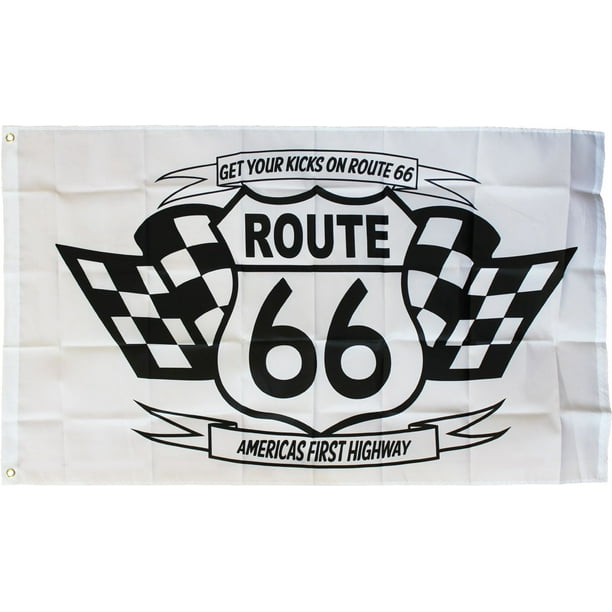Occasional Flags
Wamika Spring House Flags 28 x 40 Double Sided, Cardinal Red Bird Holly Berry Branches Snow Welcome Winter Holiday Yard Outdoor Garden Flag Banner for Party Home Christmas Decorations. Selecting the Right Flag for You. At Flag Store USA, we sell the highest quality American-made flags for every occasion and display. While we are always happy to speak to you personally to help you with your flag selection, we have put together this simple guide to help you decide which flag is best for you.
This Program has been put on hold until recycling issues can be resolved.WE ARE NO LONGER ACCEPTING FLAGS.How do you properly retire a worn American Flag? The most common way is by burning. The Ceremony for Disposal of Unserviceable Flags was approved through Resolution No. 440 by the National Convention of The American Legion meeting in New York on September 20-23, 1937. At that time most American flags were made of cotton or wool. Today the vast majority of American flags are made of nylon or other petroleum-based materials. These synthetic materials last much longer but it's important that they are recycled instead of burned.
|
Recycling American flags is an acceptable alternative. Unfortunately, this respectful way of disposal has never been promoted. Now is the time and here is why.
Burning American flags made of nylon (a petroleum product) creates hazardous gases and wastes resources. Ironically, burning American flags increases our dependence on foreign oil.
According to DuPont’s “Material Safety Data Sheet” burning nylon produces:
“Hazardous gases/vapors produced in fire are formaldehydes, ammonia, carbon monoxide, cyclopentanone, oxides of nitrogen, traces of hydrogen cyanide, incompletely burned hydrocarbons.
(When burning worn American flags) keep personnel removed and upwind of fire. Wear self-contained breathing apparatus wear full protective equipment.”
|
Fortunately, a new nylon recycling process has been discovered that converts virtually 100% of a nylon flag back into virgin grade nylon material which can be made into another new American flag.
This Program has been put on hold until recycling issues can be resolved.WE ARE NO LONGER ACCEPTING FLAGS.

How do you properly retire a worn American Flag? The most common way is by burning. The Ceremony for Disposal of Unserviceable Flags was approved through Resolution No. 440 by the National Convention of The American Legion meeting in New York on September 20-23, 1937. At that time most American flags were made of cotton or wool. Today the vast majority of American flags are made of nylon or other petroleum-based materials. These synthetic materials last much longer but it's important that they are recycled instead of burned.
|
Recycling American flags is an acceptable alternative. Unfortunately, this respectful way of disposal has never been promoted. Now is the time and here is why.
Burning American flags made of nylon (a petroleum product) creates hazardous gases and wastes resources. Ironically, burning American flags increases our dependence on foreign oil.
According to DuPont’s “Material Safety Data Sheet” burning nylon produces:
Occasional Flags
“Hazardous gases/vapors produced in fire are formaldehydes, ammonia, carbon monoxide, cyclopentanone, oxides of nitrogen, traces of hydrogen cyanide, incompletely burned hydrocarbons.
Occasional Flags Clip Art
(When burning worn American flags) keep personnel removed and upwind of fire. Wear self-contained breathing apparatus wear full protective equipment.”
|
Occasional Flags Meaning
Fortunately, a new nylon recycling process has been discovered that converts virtually 100% of a nylon flag back into virgin grade nylon material which can be made into another new American flag.